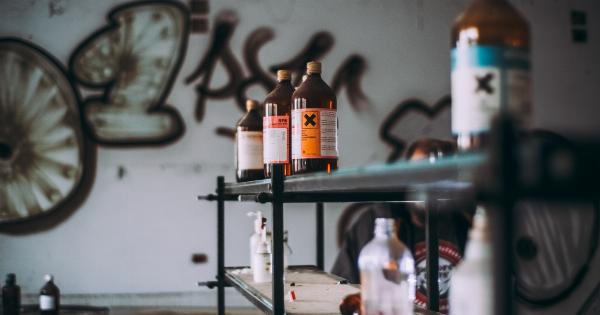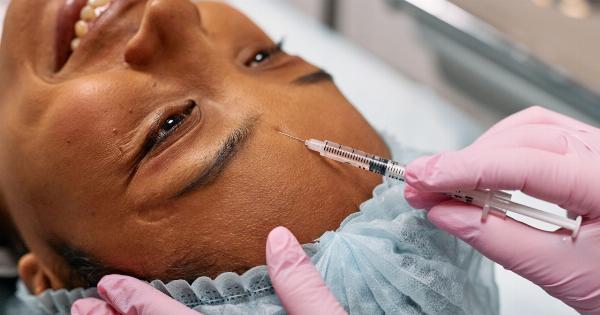Botulinum toxin injections, also known as Botox injections, have become increasingly popular over the years, especially in the field of cosmetic procedures. However, botulinum toxin injections have applications beyond just cosmetic procedures.
In this article, we will explore the science behind botulinum toxin injections, their various medical and cosmetic applications, and their safety and efficacy.
The Science behind Botulinum Toxin
Botulinum toxin is a neurotoxin produced by the bacteria Clostridium botulinum. The toxin is one of the most potent toxins known to humans and can cause botulism, a life-threatening illness characterized by muscle paralysis and respiratory failure.
However, when used in small doses, botulinum toxin can selectively target and weaken specific muscles.
The way botulinum toxin works is by blocking the release of acetylcholine, a neurotransmitter that signals muscles to contract. When acetylcholine is blocked, the muscle is unable to contract, resulting in temporary muscle relaxation.
The effects of botulinum toxin injections can last anywhere from three to six months, depending on the individual and the area being treated.
Medical Applications
Botulinum toxin injections were initially used for medical purposes before their cosmetic applications. Some medical applications of botulinum toxin injections include:.
1. Muscle Spasms and Strabismus
Botulinum toxin injections can be used to treat muscle spasms and strabismus (crossed eyes), conditions that result from overactive muscles.
Injections of botulinum toxin can target specific muscles and reduce their activity, resulting in relief from muscle spasms and improved alignment of the eyes.
2. Chronic Migraines
Botulinum toxin injections can be used to treat chronic migraine headaches. The injections are given in specific areas of the head and neck and work by blocking the release of neurotransmitters that contribute to the development of migraines.
Studies have shown that botulinum toxin injections can reduce the frequency and intensity of migraines in some patients.
3. Hyperhidrosis
Hyperhidrosis, or excessive sweating, can be treated with botulinum toxin injections.
The injections are given in the areas of the body where sweating occurs excessively, such as the armpits or palms, and work by blocking the nerve signals that stimulate sweat glands. The effects of the injections can last up to six months.
Cosmetic Applications
Botulinum toxin injections are perhaps best known for their cosmetic applications. Some cosmetic applications of botulinum toxin injections include:.
1. Wrinkle Reduction
Botulinum toxin injections can be used to reduce the appearance of wrinkles and fine lines on the face.
The injections are given in areas of the face where wrinkles are most pronounced, such as the forehead, between the eyebrows, and around the eyes, and work by relaxing the muscles that contribute to the development of wrinkles.
2. Brow Lift
Botulinum toxin injections can be used to lift and shape the brows, resulting in a more youthful and refreshed appearance.
The injections are given just above the eyebrows and work by relaxing the muscles that pull the brows down, allowing the muscles that lift the brows to take over.
3. Jawline Contouring
Botulinum toxin injections can be used to contour the jawline by relaxing the muscles that contribute to a square or overly angular jawline.
The injections are given in the masseter muscles, which are located at the angle of the jaw, and work by reducing the size of these muscles.
Safety and Efficacy
Botulinum toxin injections are generally considered safe and effective when administered by a trained medical professional. However, as with any medical procedure, there are potential risks and side effects to consider.
The most common side effects of botulinum toxin injections include temporary swelling, bruising, and soreness at the injection site.
Rare but more serious side effects can include difficulty breathing or swallowing, muscle weakness, and allergic reactions. It is essential to speak with a healthcare provider to discuss any potential risks or complications before undergoing botulinum toxin injections.
Conclusion
Botulinum toxin injections have become a widely used medical and cosmetic treatment. The science behind how the injections work is fascinating, and the numerous medical and cosmetic applications are impressive.
Whether seeking relief from muscle spasms or a refreshed appearance, botulinum toxin injections have proved effective and safe when administered by a trained professional.





























